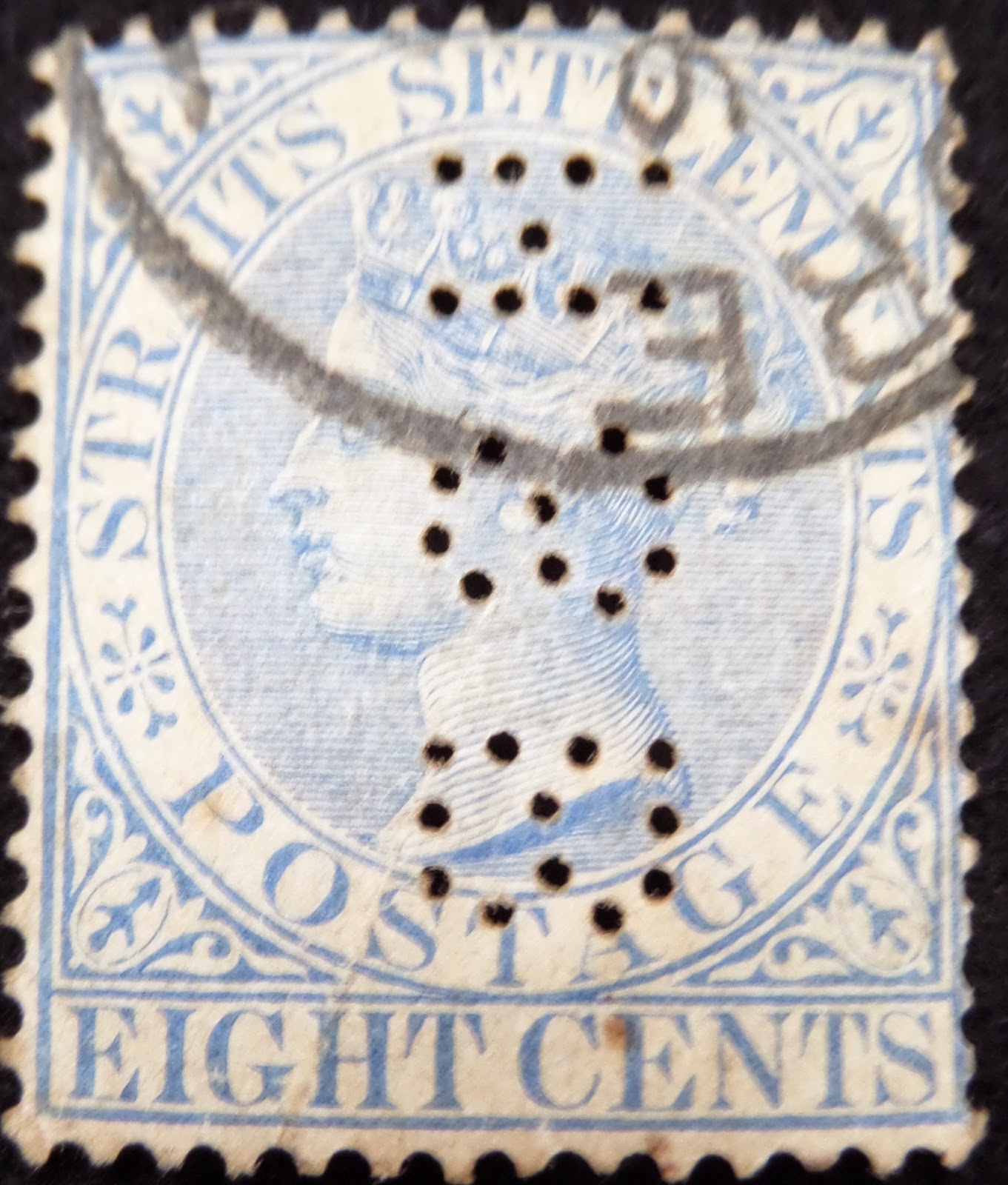This is one of my fav stamp!!! The Cameo effect of Queen Victoria's Head is excellent!
From my research on the net...
The first stamps issued for the West African colony of Gambia are noted for their simple but effective design, and for their unusual combination of printing techniques.
They were produced by the double process of typography and embossing.
The colored background was typographed first, showing the name ‘Gambia’ in white letters at the top and the value in words in a matching panel at the bottom.
A profile head of Queen Victoria was then embossed in white on it. This gave a cameo effect, similar to a brooch, and the stamps are known informally as the Cameos.
However, this method of production was chosen not so much to make an impact as to keep costs to a minimum.
Awesome! :)

















